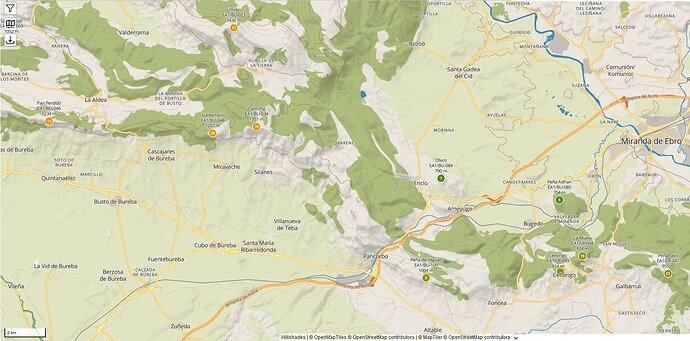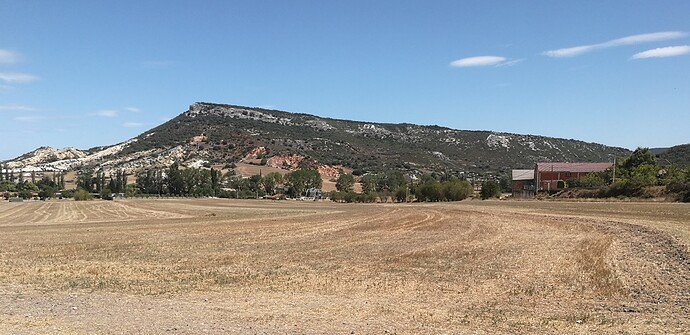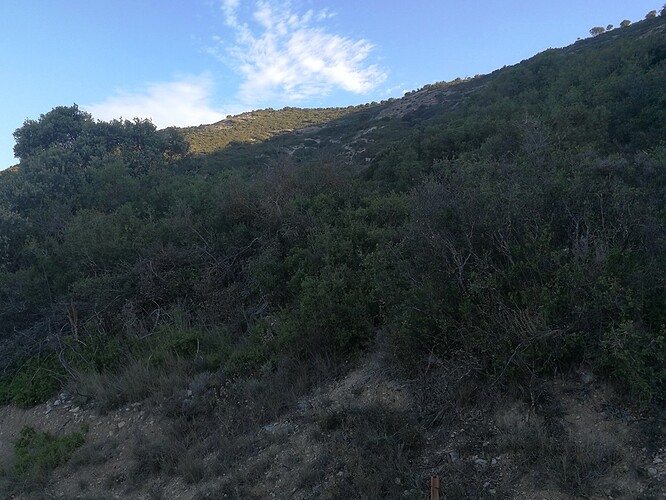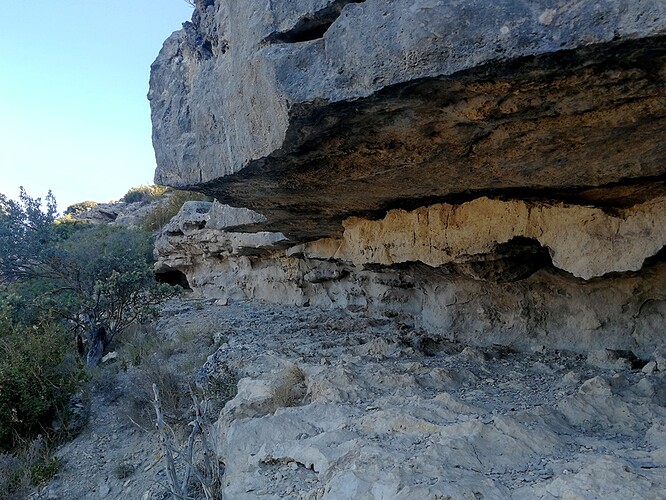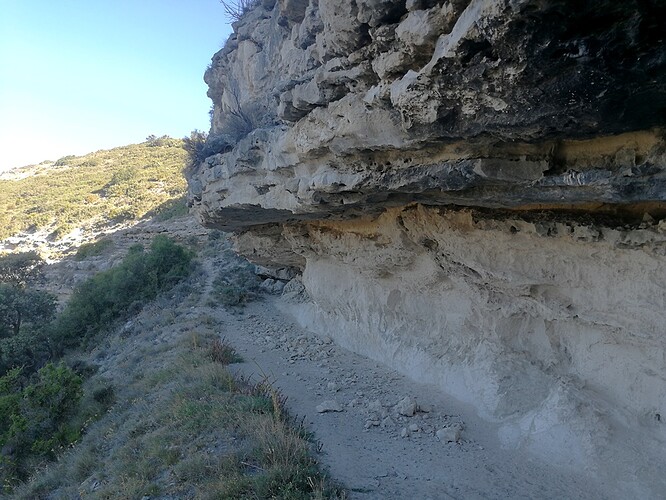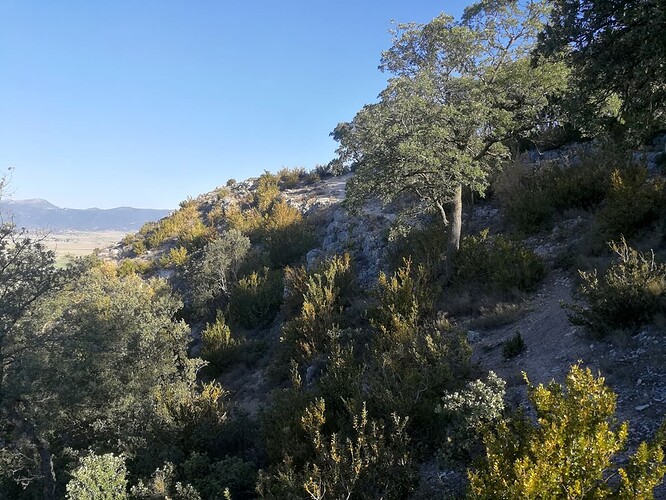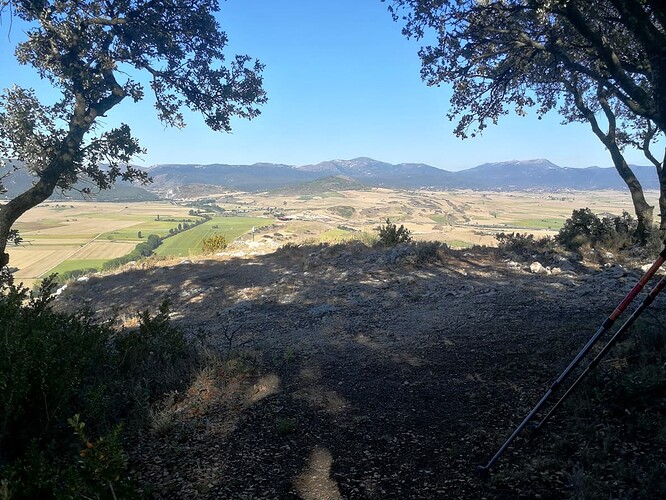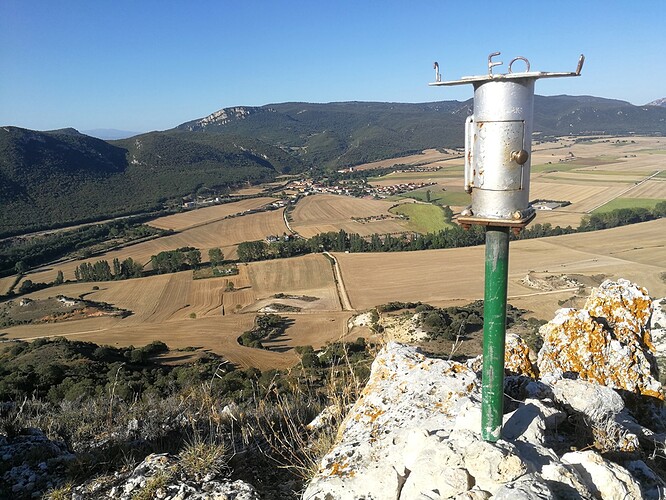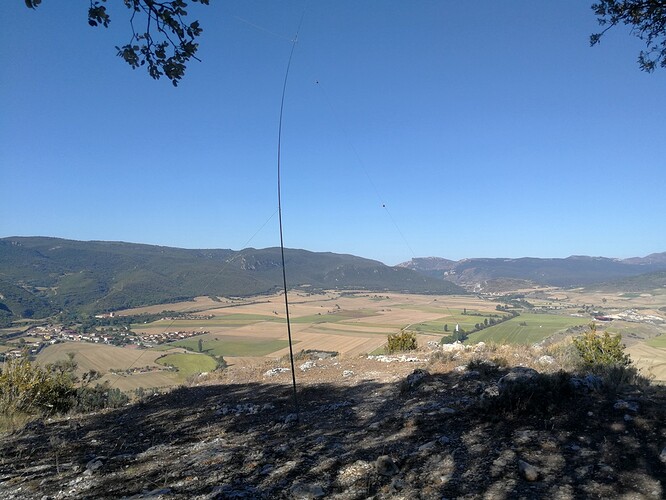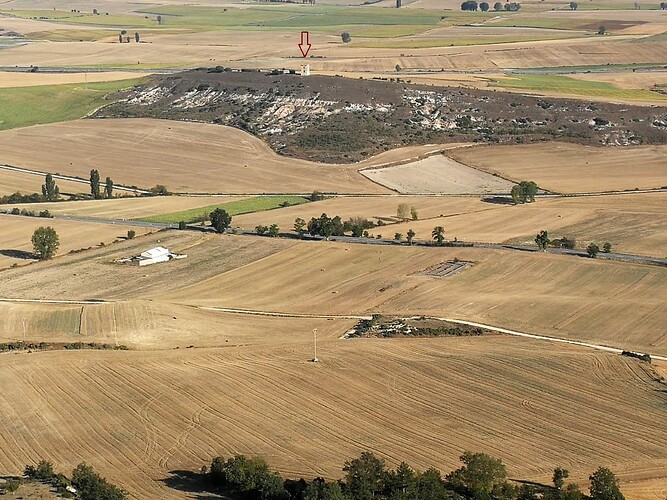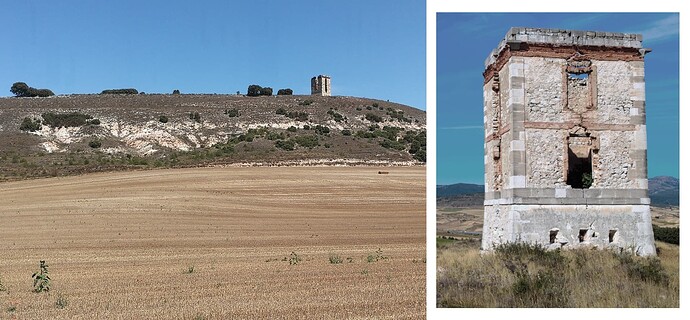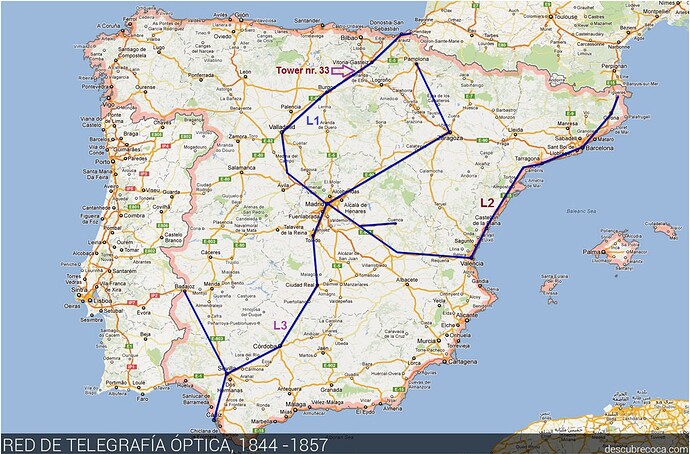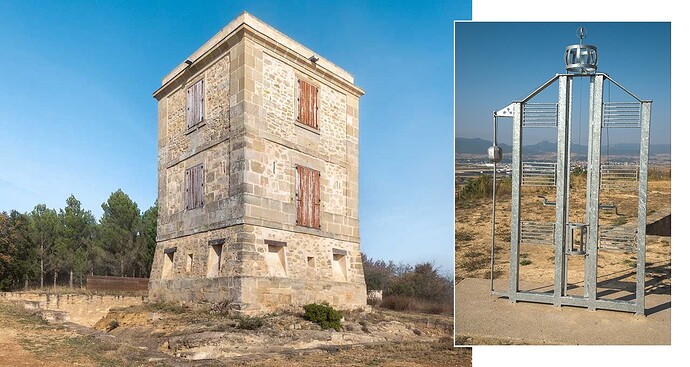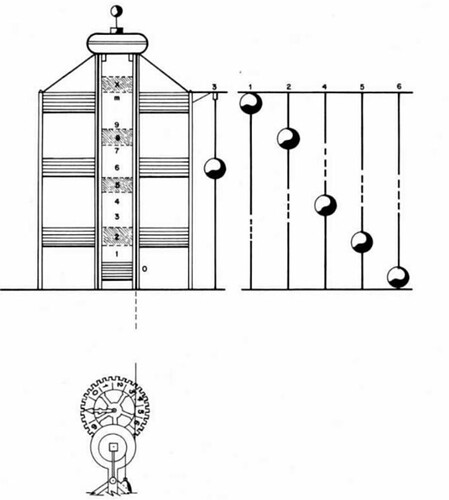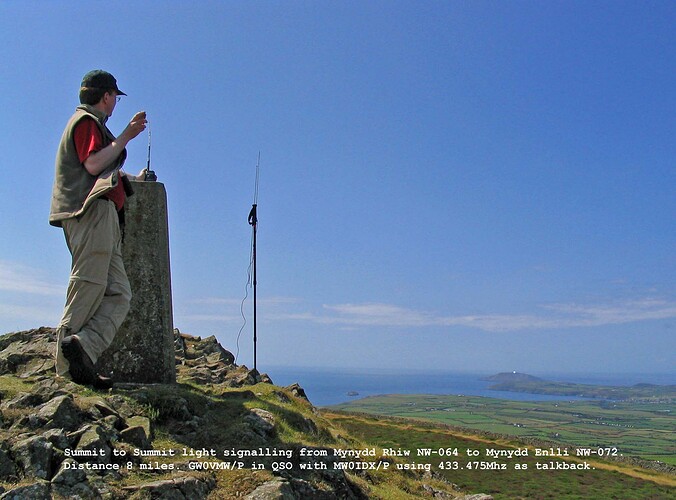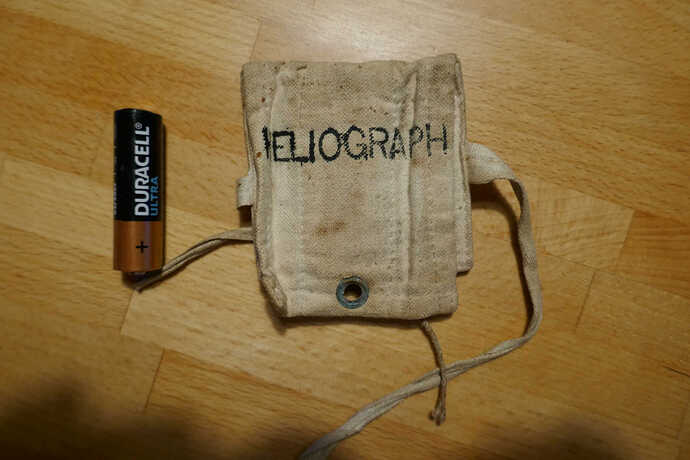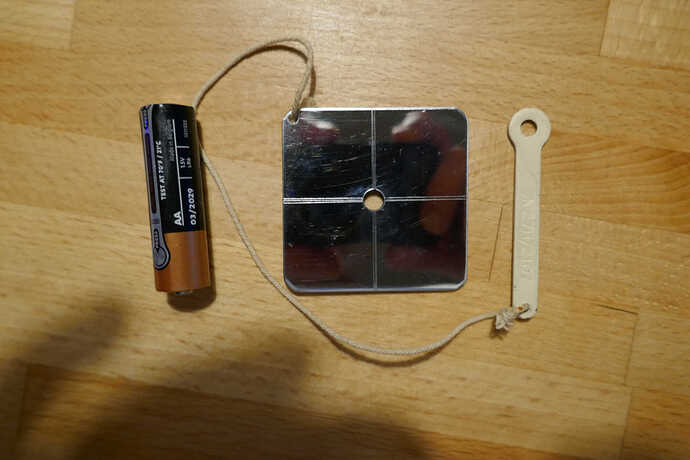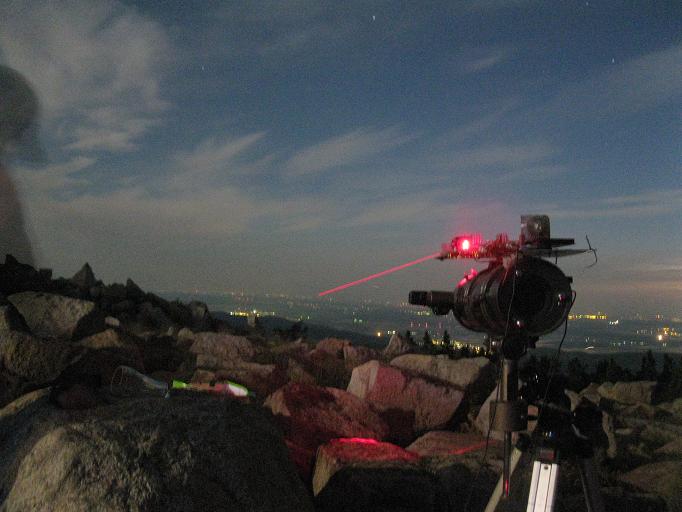Motivation
Do I mean doing QSO with an optical telegraph for Sota? No, not a new communication mode, let’s see what I mean, later…
The Obarenes range comprises 10 summits in EA1/BU & EA1/LR, ranging between 1436 m -704 m. See all of them in the map (marker dots):
I am lucky to spend some of my holidays in this area and I have been activating them progressively during the past years.
Today I’m gonna activate the last and minor one: Mt. Peña Adrian EA1/BU-085. That’s the Obarenes completed!
Activation date: August 19th 2023.
Driving directions
The trail starts at the village of Valverde de Miranda. There you drive the village up and approach to the water reservoir located on a high area. You need to walk the last few meters to reach this reservoir as the path is not clean from vegetation.
The climb
This mountain is also called “La Llana”, that means “flat”. When you see this mountain at a distance you may guess the reason for that name.
Despite it is a short hike the climb it was unpleasant because the paths are not clear all the way up and there are lots of bushes with spikes and loose gravel at times.
Walking the first meters was a bit hard and I fall twice due to the steep start and lack of path.
I could see where to go in the distance but there were naughty bushes all over:
I was glad to wear long trousers, else I wouldn’t recommend to access this summit.
After some minutes putting a spell on this mountain, I found a clearer path now that I aproached the ridge.
At this middle part of the trek I found some curious long stones forming caves. This point also requires a lot of precaution to avoid falling. It’s better to loose some height and pass under that “roof”.
The final part is easier with a clear path.
The very summit is large enough for wire antennas and have some little trees to provide a comfortable shade on a sunny day.
The mountain mailbox is just at the corner over the fall to the valley.
The activation
My gear today is: LNR LD-5, 3 x 21700 LiIon cells and EFHW antenna inverted vee on a 5 m carbon pole.
I sat near the trees so that I could run under the shade, running in 7 & 14 MHz SSB & CW. I closed my log with 93 QSO including 19 S2S, several of them were EA friends and one of them was with EA2TP/P who was testing his new magnetic loop antenna; he sounded right on 20 meters. The final QSO was a S2S with my friend Javi EA2GM/P on a new summit, thanks!
Optical telegraph
Before leaving the summit after the activation I saw a curious tower just in front of me down in the valley.
I went down and approached to visit it. Although it is in ruins, you can still see the structure.
This tower is one out of 52 line of stations that worked as an optical telegraph, back in 1846. There were separated about 10 - 15 km to the next one.
This one was nr. 33 of the so called Line 1 Castilla. This line started in Madrid and ended in Irun, covering about 480 kilometers. See the position of this tower in the map and the other main lines:
All towers had a similar building of 12 m height. The communication device was on top and consisted on a sophisticated semaphore, capable of different positions.
The operator of the tower was constantly monitoring the previous tower and if warned with a sign, it had to reproduce the position of the visual indicator for each character so that the next tower could also forward the message.
We can find a similar but reworked tower including its mechanism not far away, in Quintanilla de la Rivera, which is referenced as tower number 34:
See the numbers assigned to the position of the center cilinder and lateral ball. They allowed 196 different combinations:
The operators didn’t know the meaning of the message, only the first and last tower had the code to get the message decoded once all signs had been transmitted. They were used for military purposes.
A message could take up to 6 hours to reach the destination in this line L1!
This optical telegraph worked for about two decades, and it was replaced by the electric telegraph in 1853. It’s obvious that the optical telegraph had issues: it wasn’t operational at night. The operators had to constantly monitor for signs, and could not work due to fog.
It’s funny to realize that I was sending telegraphic messages with a pocket gear to many distant places from a summit near this tower almost 200 years later… All messages reached its destination without a delay, hi!
73 de Ignacio
